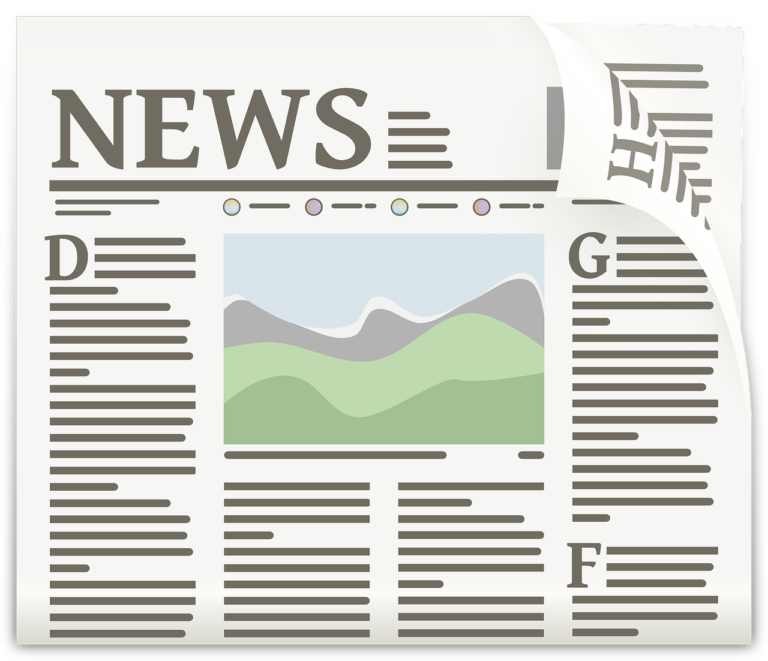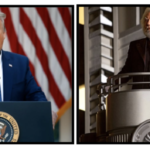The Importance and Implications of Our Language Use In Describing Racial Violence and Response
For a printable version of this lesson, see: Close Reading Headlines: Language Use in Describing Racial Violence and Response.
Context / Framing
- Particularly since the advent of the Common Core, close reading skills have reigned supreme in our educator’s body of knowledge. We ask students to analyze language and its impact on meaning. Well, let’s put those skills to work – as educators and as students.
- This may sound obvious, but groups (like news outlets) and individuals (like you and I) actively select and use language to describe our world and the events within it. This past week, our country witnessed the lynchings and attempted lynchings (note our own language use) of black men, as well as a range of collective and individual responses.
- How have groups and individuals used language to describe these events? And why does that matter? This exercise is designed to support students and educators in leveraging their close reading skills to analyze how diction works and brings politicized meaning (intentional or not) to current events.
Task (It’s Simple but Powerful!)
- Choose from the statements below. Note the date and source.
- First ask students: What do you notice about the language used? What stands out to you? What is its effect?
- After providing students the chance to capture their initial thinking, you can use the follow-up questions and additional readings/resources, specific to each headline)
- Provide space at the end of the task for a synthesis discussion:
- What are your takeaways from this exercise?
- What are you realizing about the words used to describe this week’s events?
- What are your broader / deeper takeaways about diction and meaning?
- What personal commitments are you taking away from this experience – as a Student? Reader? Citizen? Person?
- Potential follow-up assignment: Have students independently locate one or more examples of language-in-use. Students craft discussion questions and/or brief analysis paragraphs based on this exercise.
Teacher Facing
| Headline / Language | Discussion Questions |
| Outrage over the death of George Floyd has incited a wave of demonstrations and unrest across the country. — NY Times, Sunday, May 31, 2020 | What is the effect of the word “death” in this headline? → What would be the effect if the writer had chosen “murder?” “Lynching?” What is the effect of the word “demonstrations?” → What would be the effect if the writer had chosen “protests”? “Revolts?” “Rebellions?” In this sentence, “Outrage over the death of George Floyd” is the subject – the actor. Do you agree with this construction? Why/why not? What are other ways the writer could have constructed the subject? |
| These THUGS are dishonoring the memory of George Floyd, and I won’t let that happen…any difficulty and we will assume control, but when the looting starts, the shooting starts. Thank you! — Tweet from President Trump, May 29, 2020 | What is the effect of the word “THUGS” in this tweet? Why is it in all capitals? What does the word connote? Additional resources: The unlikely origins of the word ‘thug’;From 1350s India to 2015 Baltimore, the Evolution of the Word ‘Thug’; The Racially Charged Meaning Behind The Word ‘Thug’. What do you make of the phrases “I won’t let that happen” and “we will assume control?” Where is Trump locating agency and authority in these phrases? What tone is he intending to create? Is he successful? What does Trump mean by “When the looting starts, the shooting starts?” What is he implying? Why might he use this phrase instead of a more direct statement of his intentions? Does the rhyme accomplish anything – if so, what? Resource: The History Behind ‘When The Looting Starts, The Shooting Starts’ What do you make of the closing “Thank you!”? What tone does the exclamation mark create? Why would Trump choose to close his tweet this way? |
| Unfortunately, with the rioting that is occurring in many of our cities around the country, the voices of peaceful protest are being hijacked by violent radical elements. Groups of outside radicals and agitators are exploiting the situation to pursue their own separate and violent agenda. — Attorney General Barr, Statement, May 30, 2020 | What is the intention and the effect of describing the protests as “rioting?” Analyze the phrases “hijacked by violent radical elements” and “groups of outside radicals and agitators” – what is Barr’s intent here? How does the verb “exploit” function? What does “separate and violent agenda” imply? What tone does it establish? Additional resource: The reliably racist cherry-picking of the word “riot” |
| Caught on camera, police explode in rage and violence across the US. — The Verge, May 31, 2020 | What does the active construction (“police explode”) accomplish here? Why might the writer include “caught on camera” as the lead phrase of the headline? How would you characterize the writer’s diction (explode, rage, violence)? What is the intent and the effect? How does it contrast to other depictions of the protests that you’ve read? |
| Big-city Dems who had imposed strict coronavirus lockdowns now let George Floyd rioters flout rules. — Fox News, June 1, 2020 | What contrast / dichotomy is the writer setting up in this headline? Why? What is the implication of the word “rioters”? (Additional resource: The reliably racist cherry-picking of the word “riot” ) What does the verb “flout” connote? How does it function in this headline? |
| How Minneapolis, One of America’s Most Liberal Cities, Struggles With Racism.The Midwestern city that has been the site of unrest views itself as embracing multiculturalism. But it also struggles with segregation and racial gaps on education– NY Times, June 1, 2020 | What does the construction of this headline suggest about Liberalism and Racism? About Racism and Multiculturalism? What does the writer suggest that we should expect from a Liberal city? Do you agree? What might be another way to characterize the relationship between liberalism and racism? What would the headline look like then? |
Grade Levels
Middle, High
Subjects
Current Events, History, ELA



